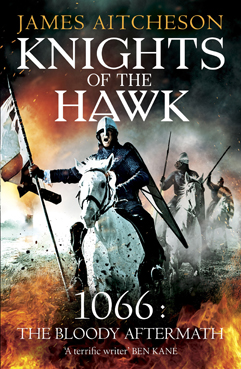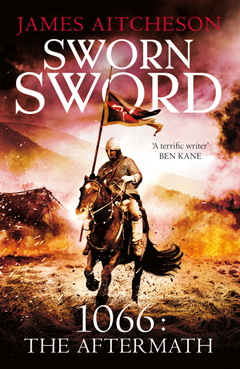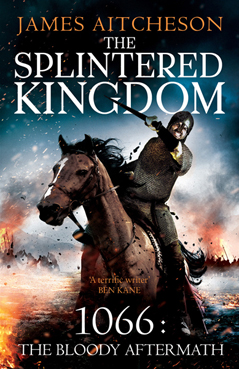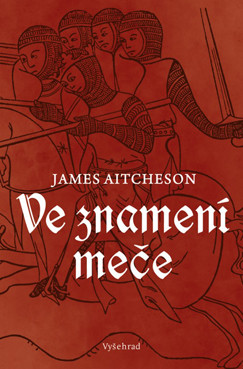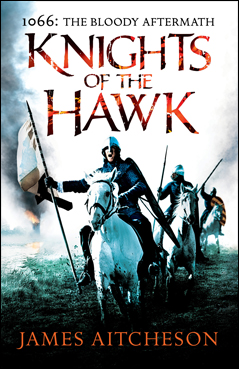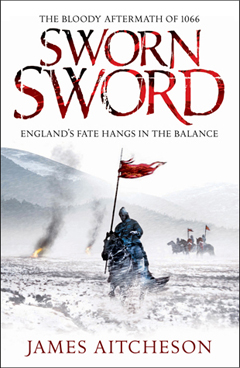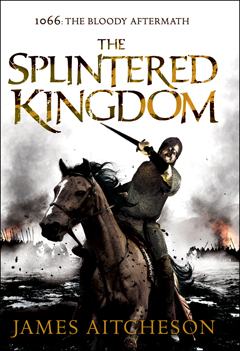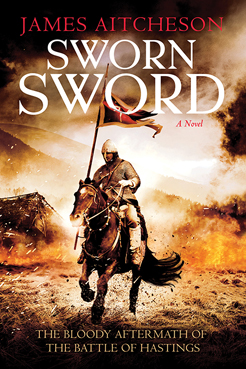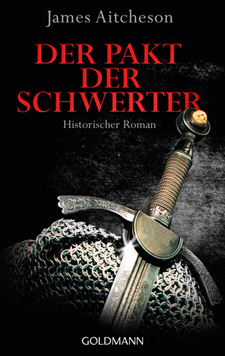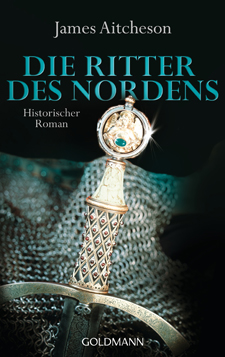London Anglo-Saxon Symposium 2016
As I write this, I’ve just booked my place on the fifth annual London Anglo-Saxon Symposium, which will be taking place on Saturday 12 March, hosted by the Institute of English Studies at the University of London.
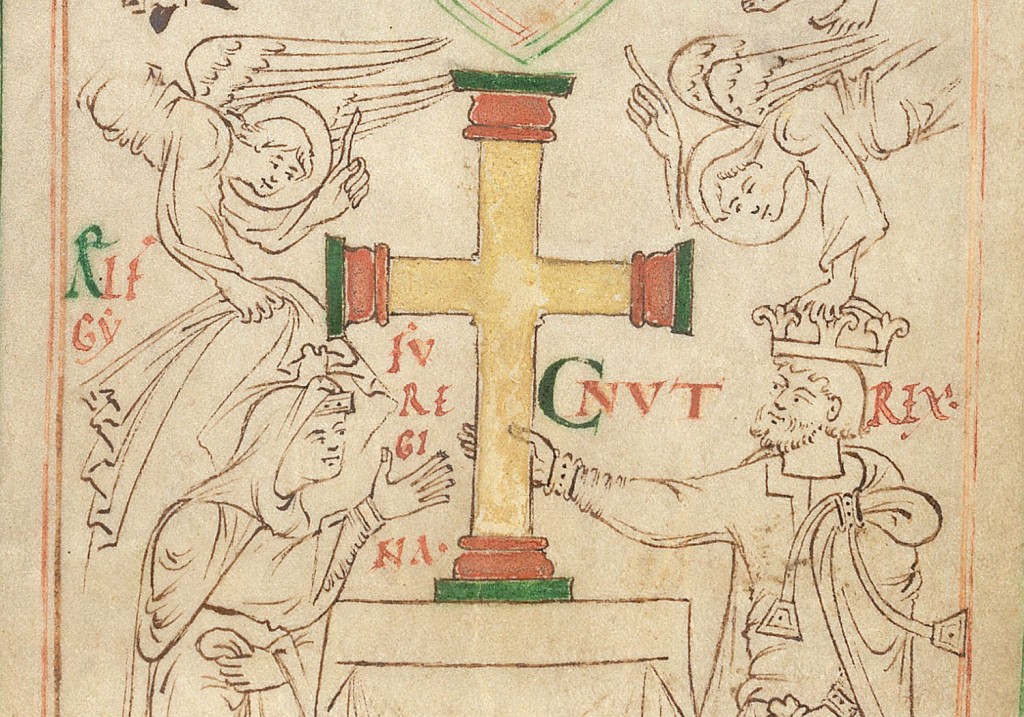
King Cnut (r. 1016-35), depicted with his wife, Queen Emma, in the New Minster Liber Vitae.
An afternoon of lectures representing some of the latest research into aspects of early medieval England, the Symposium is always a fun and informative event. I’ve been to it each of the last three years, and every time it’s opened my eyes to new ways of thinking and avenues of study that I hadn’t thought about before. The best part is that it’s only £12 to attend!
If Vikings are your thing, you’ll be pleased to hear that this year’s theme is Anglo-Scandinavian England. Among the topics under discussion will be: Viking ships; identities in Anglo-Scandinavian England; and the impact and influence of Old Norse upon the English language.
To see the full programme for this year’s Symposium – including abstracts for each of the papers – and to register, visit the LASS page at the Institute of English Studies.
Also, you might like to see my introduction to London c.1066, which was partly inspired by Dr Michael Bintley’s walking tour of the capital that formed part of the 2014 Symposium.








